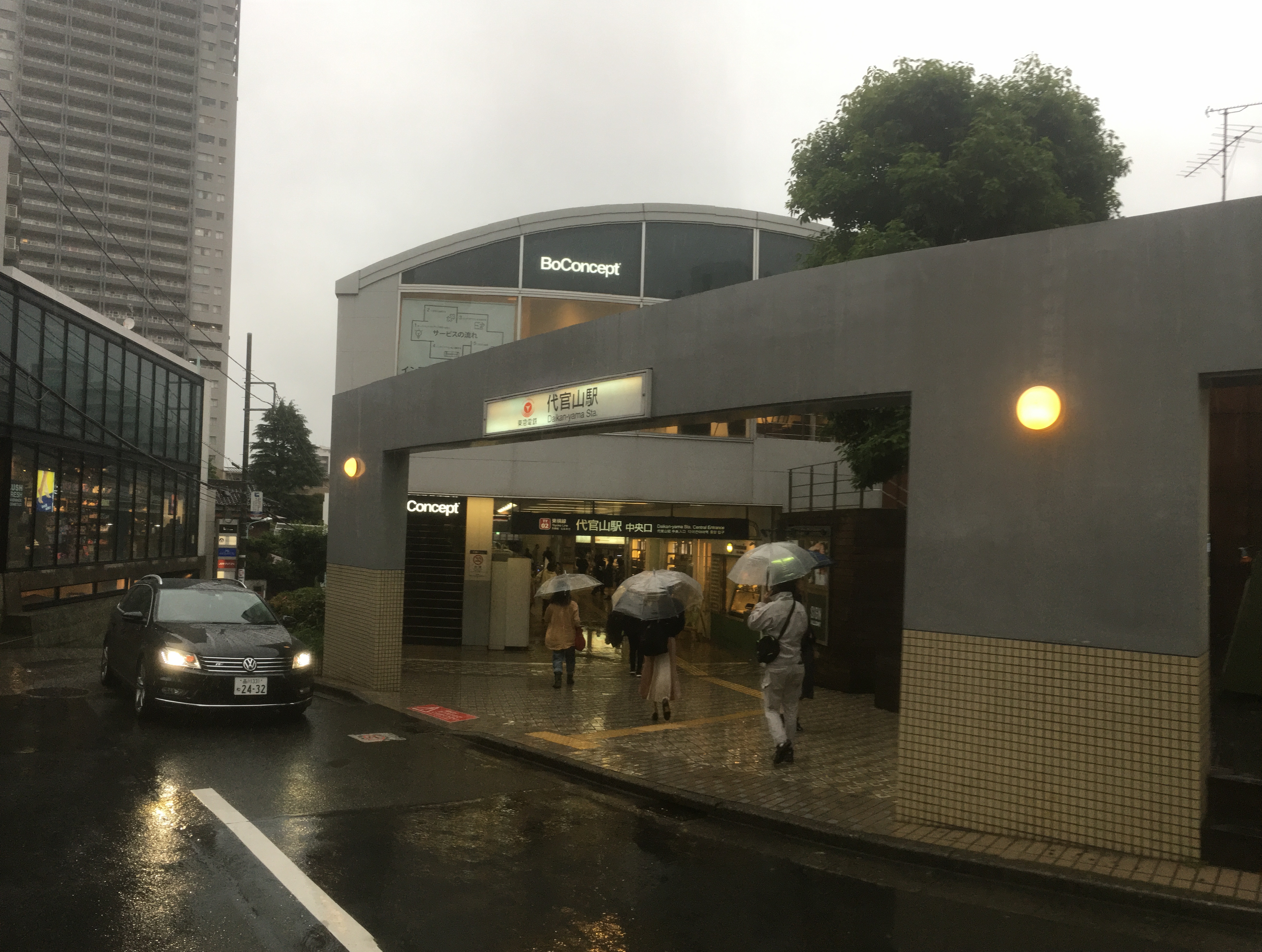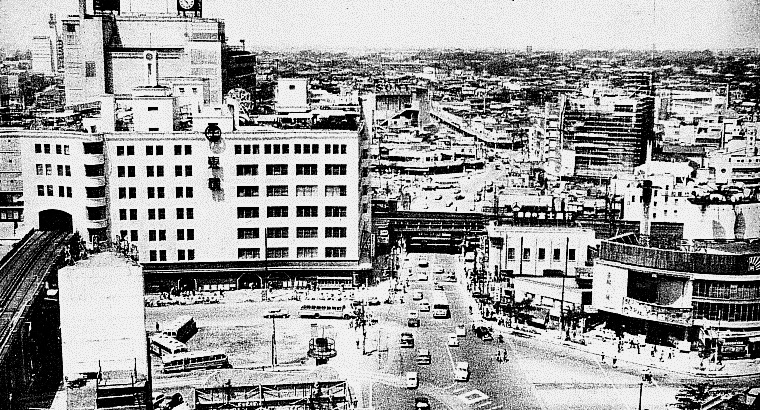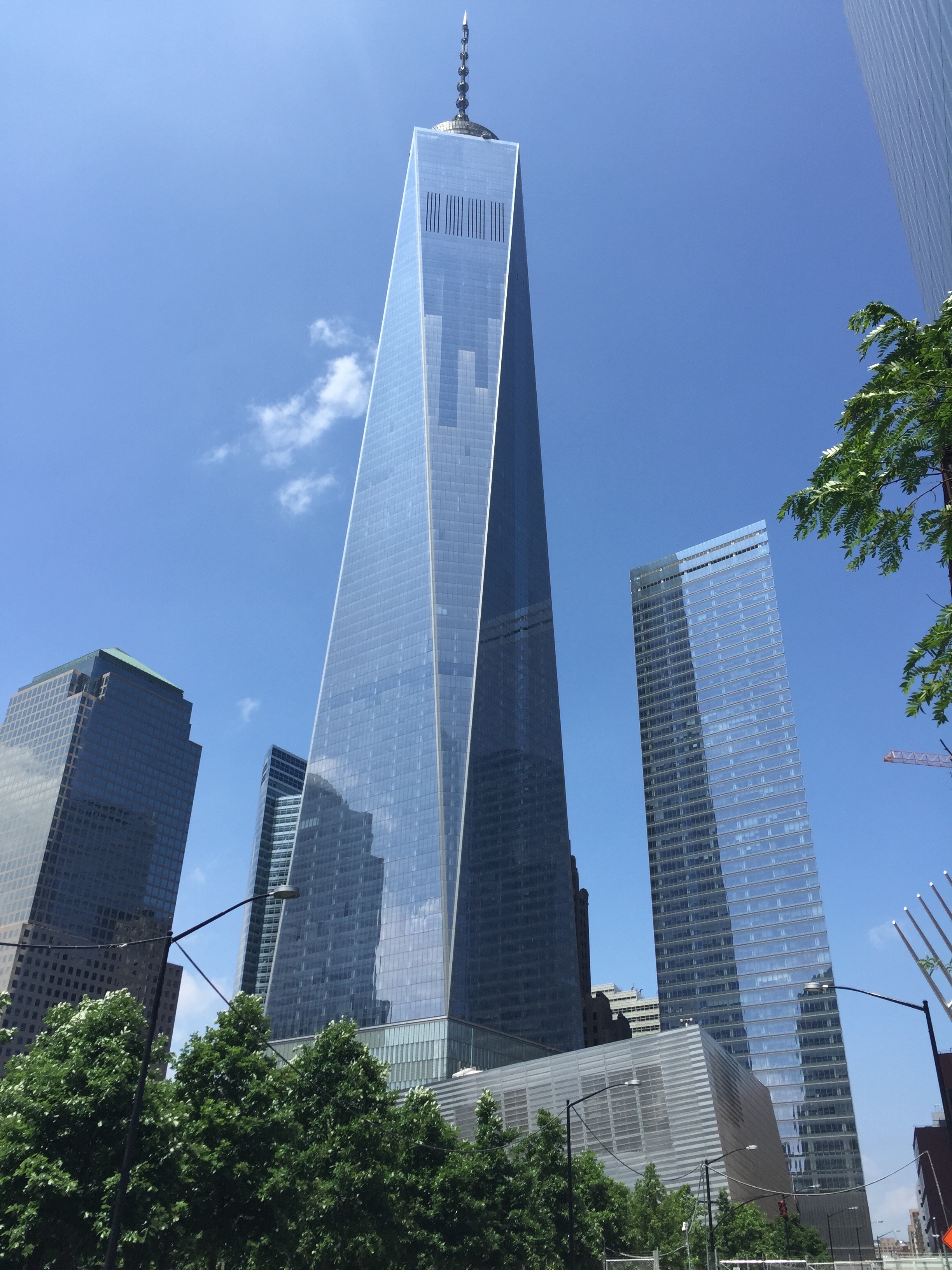|
Daikanyamachō, Shibuya
, or simply , is a neighborhood in Shibuya, Tokyo, Japan. The neighborhood is known for its small boutique shops, giving it the nickname "the Brooklyn of Tokyo." It is served by Daikan-yama Station on the Tokyu Toyoko Line. Education operates public elementary and junior high schools. Elementary school zoning is like this: *Sarugaku Elementary School ( 猿楽小学校): 1-12, most of 13 (except for two lots), 14-17, 18 (except for one lot), and 19-20-ban *Nagayato Elementary School ( 長谷戸小学校): two lots in 13-ban and one lot in 18-ban All of Daikanyamacho is zoned to Hachiyama Junior High School ( 鉢山中学校). - Has junior high school zoning Gallery File:Streetdaikanyama.JPG, Backstreet in Daikanyama File:Cafedaikanyama.JPG, Sidewalk cafe The SideWalk Cafe was a music venue and restaurant/cafe in East Village, New York City founded in 1985. It became a known venue for its underground music scene, and in particular, was known as being the center for A ... [...More Info...] [...Related Items...] OR: [Wikipedia] [Google] [Baidu] |
Shibuya
Shibuya ( 渋谷 区 ''Shibuya-ku'') is a special ward in Tokyo, Japan. As a major commercial and finance center, it houses two of the busiest railway stations in the world, Shinjuku Station (southern half) and Shibuya Station. As of April 1, 2022, it has an estimated population of 228,906 and a population density of 15,149.30 people per km2 (39,263.4/sq mi). The total area is 15.11 km2 (5.83 sq mi). The name "Shibuya" is also used to refer to the shopping district which surrounds Shibuya Station. This area is known as one of the fashion centers of Japan, particularly for young people, and as a major nightlife area. History Heian to Edo period Shibuya was historically the site of a castle in which the Shibuya family resided from the 11th century through the Edo period. Following the opening of the Yamanote Line in 1885, Shibuya began to emerge as a railway terminal for southwestern Tokyo and eventually as a major commercial and entertainment center. Meiji to Showa peri ... [...More Info...] [...Related Items...] OR: [Wikipedia] [Google] [Baidu] |
Daikan-yama Station
is a railway station on the Tokyu Toyoko Line in Shibuya, Tokyo, Japan, operated by the private railway operator Tokyu Corporation. Station layout This station consists of two opposed side platforms serving two tracks. This station can only accommodate eight-car length trains. Platforms File:Daikanyama-Sta-Platform.JPG, The platforms in August 2016 History The station opened on 28 August 1927, 18 months after the Tokyu Toyoko line opened. On March 15, 2013, the Shibuya Station above-ground train platforms closed down to serve the new underground platforms at the same station to serve the through service from the Tokyo Metro Fukutoshin Line Through services. As a result, The line between Daikan-yama and Shibuya Stations had to be replaced with a new section of underground track. On the morning of 16 March 2013 Tokyu Corporation started construction on converting the upwards slope at Daikan-yama station downwards. This included doing the same to the tracks and platforms to ... [...More Info...] [...Related Items...] OR: [Wikipedia] [Google] [Baidu] |
Sidewalk Cafe
The SideWalk Cafe was a music venue and restaurant/cafe in East Village, New York City founded in 1985. It became a known venue for its underground music scene, and in particular, was known as being the center for Anti-folk in the United States. It offered an eclectic mix of local and national acts ranging from DIY, avant garde music, indie rock, and jazz to pop music and electronic music. The venue also hosted poetry readings, comedy and live-band karaoke. The Local East Village, at the time part of The New York Times, referred to the SideWalk Cafe and its music scene as a "gift to the neighborhood". A number of well-known acts performed at the Sidewalk at the beginning of their career including Regina Spektor, Lana Del Rey, Hamell on Trial, Lach, The Moldy Peaches. The Sidewalk Cafe was also home to an open mic night that was one of the oldest and largest traditional open mics in the city, garnering the name "the king of NYC open-mic nights." The open mic was founded b ... [...More Info...] [...Related Items...] OR: [Wikipedia] [Google] [Baidu] |
Tokyu Toyoko Line
{{Disambiguation ...
Tokyu may refer to: * Tokyu Group, a group of companies centered on Tokyu Corporation ** Tokyu Corporation, a Japanese railway company, the largest member and parent company of the group ** Tokyu Car Corporation, a former Japanese railway vehicle manufacturer, now the Japan Transport Engineering Company ** Tokyu Hands Creative Life Store, a member of the Tokyu Group ** Tokyu Department Store, a department store chain based in Japan See also * Tokyo (other) or Tokyo Metropolis is the capital of Japan. Tokyo may also refer to: Places * Edo, former name of Tokyo until 1868 *Tokyo Prefecture (1868–1943), Tokyo Prefecture, former Japanese prefecture 1868–1943 that preceded Tokyo *Tokyo City, for ... [...More Info...] [...Related Items...] OR: [Wikipedia] [Google] [Baidu] |
Japan Today
''Japan Today'' is a website that publishes wire articles, press releases, and photographs, as well as opinion and contract pieces, such as company profiles, in English. References External links * 2000 establishments in Japan English-language newspapers published in Japan Newspapers published in Tokyo Newspapers established in 2000 {{Japan-newspaper-stub ... [...More Info...] [...Related Items...] OR: [Wikipedia] [Google] [Baidu] |
Prefectures Of Japan
Japan is divided into 47 prefectures (, ''todōfuken'', ), which rank immediately below the national government and form the country's first level of jurisdiction and administrative division. They include 43 prefectures proper (, ''ken''), two urban prefectures (, '' fu'': Osaka and Kyoto), one " circuit" or "territory" (, '' dō'': Hokkai-dō) and one metropolis (, '' to'': Tokyo). In 1868, the Meiji ''Fuhanken sanchisei'' administration created the first prefectures (urban ''fu'' and rural ''ken'') to replace the urban and rural administrators (''bugyō'', ''daikan'', etc.) in the parts of the country previously controlled directly by the shogunate and a few territories of rebels/shogunate loyalists who had not submitted to the new government such as Aizu/ Wakamatsu. In 1871, all remaining feudal domains ''( han)'' were also transformed into prefectures, so that prefectures subdivided the whole country. In several waves of territorial consolidation, today's 47 prefecture ... [...More Info...] [...Related Items...] OR: [Wikipedia] [Google] [Baidu] |
Condé Nast
Condé Nast () is a global mass media company founded in 1909 by Condé Montrose Nast, and owned by Advance Publications. Its headquarters are located at One World Trade Center in the Financial District of Lower Manhattan. The company's media brands attract more than 72 million consumers in print, 394 million in digital and 454 million across social platforms. These include ''Vogue'', ''The New Yorker'', '' Condé Nast Traveler'', '' GQ'', '' Glamour'', '' Architectural Digest'', '' Vanity Fair, Pitchfork'', ''Wired'', and '' Bon Appétit,'' among many others. US ''Vogue'' editor-in-chief Anna Wintour serves as Artistic Director and Global Chief Content Officer. In 2011, the company launched the Condé Nast Entertainment division, tasked with developing film, television, social and digital video, and virtual reality content. History The company traces its roots to 1909, when Condé Montrose Nast, a New York City-born publisher, purchased ''Vogue,'' a printed magazine launched ... [...More Info...] [...Related Items...] OR: [Wikipedia] [Google] [Baidu] |



